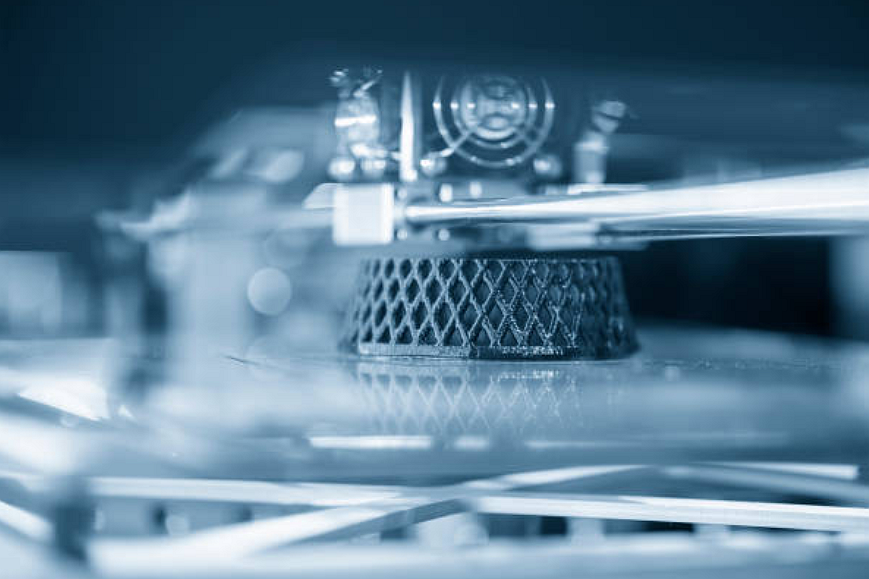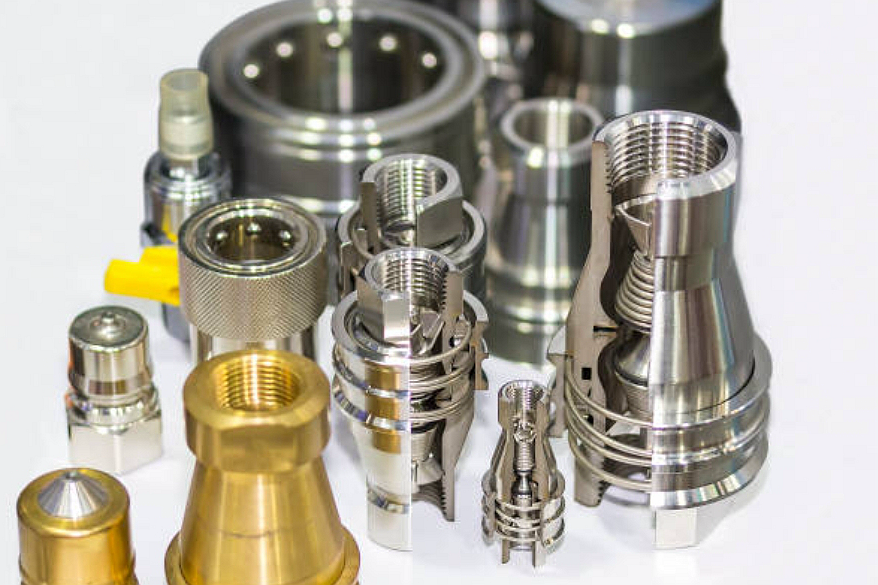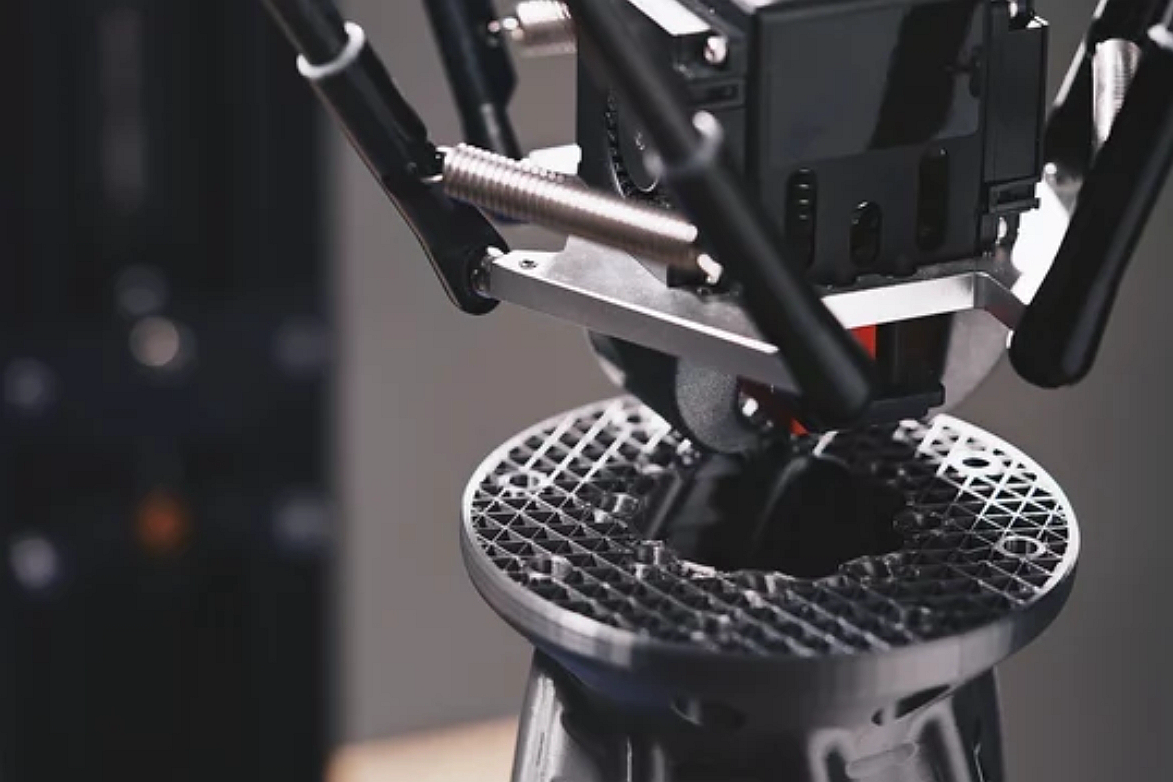Incoloy 901
Basic Description of Incoloy901 Powder
Incoloy901 powder is a high-strength, nickel-iron-chromium alloy with additions of molybdenum and titanium. It is known for its remarkable high-temperature strength and resistance to oxidation and corrosion. The powder form of Incoloy901 is specifically designed for manufacturing processes that require precise control over the material properties, such as additive manufacturing (3D printing), Metal Injection Molding (MIM), and Powder Compression Molding (PCM).
This alloy's unique composition provides a combination of high tensile strength, excellent creep resistance, and good corrosion resistance, making it ideal for applications in extreme environments. Incoloy901 powder is characterized by its ability to retain its strength at temperatures up to about 650°C (1200°F), which is particularly valuable for components exposed to high-temperature operations.
Incoloy901 Similar grades
Incoloy901 is part of a family of high-performance nickel alloys. While it has unique properties, there are other alloys with similar characteristics used in demanding applications:
Inconel 718: Another nickel-chromium alloy known for its high strength and corrosion resistance at high temperatures. It is widely used in the aerospace industry for turbine blades and other engine components.
Waspaloy: A nickel-base alloy with excellent high-temperature strength and resistance to oxidation. It is commonly used in gas turbine engine components and other high-temperature applications.
Rene 41: A nickel-chromium alloy with additions of molybdenum and cobalt, providing excellent strength and oxidation resistance at temperatures up to about 980°C (1800°F). It is used in aerospace for parts such as turbine blades and exhaust systems.
Haynes 282: A newer, high-performance nickel alloy designed for high-temperature structural applications. It offers a good balance of fabricability, high-temperature strength, and durability.
Each of these alloys, including Incoloy901, is selected based on the specific requirements of the application, taking into account factors such as temperature stability, strength, and environmental resistance. Incoloy901, with its particular blend of properties, is often chosen for applications that require both high-temperature capability and resistance to creep and oxidation.
Applications
Incoloy901 powder, thanks to its unique blend of high strength, exceptional creep resistance, and corrosion resistance at elevated temperatures, is well-suited for a wide array of applications, especially in industries that operate under extreme conditions. Here’s how Incoloy901 stands out in specific applications:
1. Aerospace: Incoloy901's ability to maintain strength at high temperatures makes it ideal for aerospace components such as turbine rotors, compressor blades, and other critical engine parts. Its resistance to oxidation and corrosion ensures durability and reliability in the harsh environments encountered at high altitudes and speeds.
2. Power Generation: The alloy's excellent creep resistance is a crucial asset in manufacturing components for gas turbines and nuclear reactors, where materials must withstand high temperatures and pressures over long periods. Components such as turbine discs, shafts, and fasteners benefit from Incoloy901's properties, contributing to the efficiency and safety of power generation systems.
3. Oil and Gas: Incoloy901 is used in the oil and gas industry for high-strength, corrosion-resistant parts such as downhole tools, drilling hardware, and gas turbine components. Its ability to resist sulfide stress cracking is precious in sour gas applications.
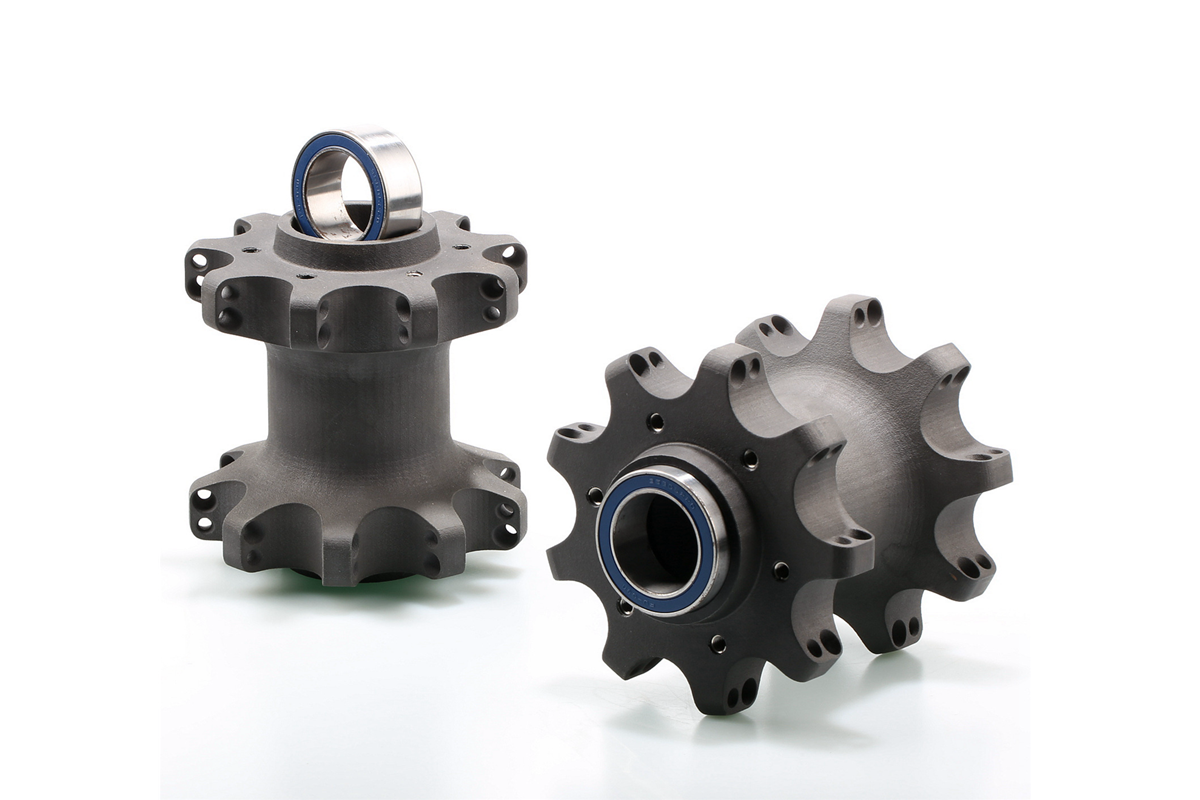
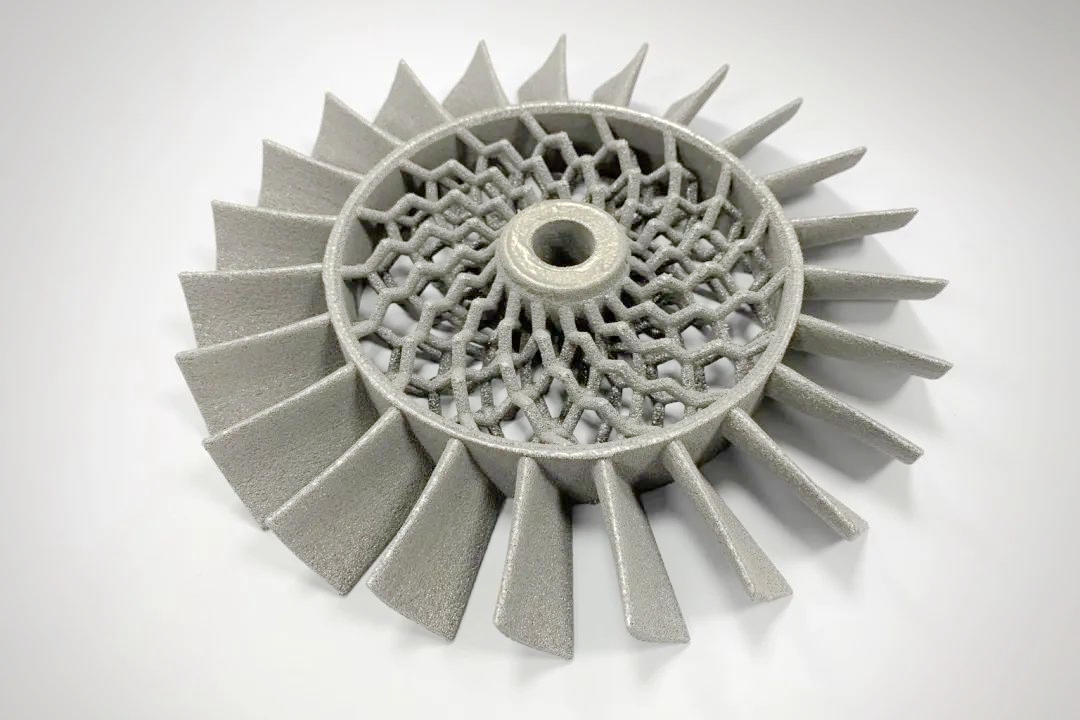
4. Marine Engineering: The alloy’s resistance to corrosion by seawater and marine atmospheres makes it suitable for propeller shafts, pump shafts, and fastening systems in marine vessels. Its strength and durability support the integrity and longevity of marine structures.
5. Chemical Processing: Incoloy901's resistance to a wide range of corrosive media is beneficial for components in chemical processing plants, including pumps, valves, and heat exchangers. Its stability in acidic and alkaline environments helps prevent material degradation and failure, ensuring continuous and safe operations.
6. Automotive: High-performance automotive applications, such as exhaust systems and turbocharger components, benefit from Incoloy901's thermal stability and resistance to high-temperature corrosion. Its strength at elevated temperatures improves the reliability and efficiency of automotive parts subjected to intense heat during operation.
7. Industrial Furnaces: Components within industrial furnaces, such as baskets, trays, and fixtures, can be made from Incoloy901 to withstand repeated thermal cycling at high temperatures. The alloy's resistance to oxidation extends the service life of these components, reducing downtime and maintenance costs.
Composition and Properties
Incoloy901, also known as Alloy 901, is a nickel-iron-chromium alloy that is engineered to provide a unique blend of strength and resistance to high-temperature corrosion. The composition and resulting properties of this alloy make it an ideal choice for demanding industrial applications.
Composition:
The chemical composition of Incoloy901 is designed to deliver its remarkable properties. Key elements include:
Nickel (Ni): Approximately 40-45%, the primary element, provides the base for the alloy's overall corrosion resistance and high-temperature strength.
Chromium (Cr): Around 11-14%, contributes to oxidation resistance and helps protect against corrosion in high-temperature environments.
Iron (Fe): Constitutes the balance, enhancing the alloy's structural stability.
Molybdenum (Mo): Approximately 5-7% increases the alloy's strength and hardness, especially at higher temperatures, and improves its resistance to pitting and crevice corrosion.
Titanium (Ti) and Aluminum (Al): At about 2.35-3.10% for Ti and 0.35% for Al, these elements promote age hardening, significantly increasing the material's strength through the formation of gamma prime (γ') precipitates during heat treatment.
Carbon (C): With a content of up to 0.1%, it contributes to the formation of carbides, enhancing high-temperature strength and resistance to grain boundary corrosion.
Other elements: Small quantities of manganese, silicon, copper, and sulfur are present, fine-tuning the alloy's properties for specific applications and manufacturing processes.
C | Cr | Ni | Mo | Al | Ti | B | Mn | Si | P | S | Cu | Bi | Pb | Ag | Fe |
0.02-0.06 | 11.0-14.0 | 40.0-45.0 | 5.0-6.5 | ≤0.3 | 2.8-3.1 | 0.01-0.02 | ≤0.5 | ≤0.4 | ≤0.02 | ≤0.008 | ≤0.2 | ≤0.0001 | ≤0.001 | ≤0.0005 | Bal. |
Properties:
Incoloy901's composition translates into a set of properties that are specifically suited for high-performance applications:
High-Temperature Strength: The alloy is renowned for its high tensile strength and excellent creep resistance at temperatures up to about 650°C (1200°F), crucial for components exposed to prolonged high-temperature conditions.
Corrosion Resistance: Enhanced by chromium and molybdenum, Incoloy901 offers good resistance to both oxidation and reduction environments, including resistance to pitting and crevice corrosion, making it suitable for use in harsh chemical and marine environments.
Age Hardenability: The addition of titanium and aluminum allows Incoloy901 to be strengthened through age-hardening heat treatments, significantly enhancing its yield strength without compromising its flexibility.
Fabricability: Despite its strength, Incoloy901 can be fabricated using standard processes, including machining, welding, and forming, allowing for the creation of complex components.
Incoloy901 Powder Characteristics
The powder form of Incoloy901 is tailored for advanced manufacturing techniques, such as additive manufacturing (3D printing), Metal Injection Molding (MIM), and Powder Compression Molding (PCM). Understanding the critical characteristics of Incoloy901 powder is crucial for optimizing manufacturing processes and achieving high-quality parts with desired mechanical properties.
Yield Strength:
Yield strength is a critical mechanical property indicating the stress at which a material begins to deform plastically. Incoloy901 parts, depending on the specific processing and heat treatment applied, can exhibit yield strengths in the range of 100,000 to 140,000 psi. This high yield strength is essential for applications requiring durability and resistance to deformation under load.
Tensile Strength:
Tensile strength represents the maximum stress a material can withstand while being stretched or pulled before breaking. Parts made from Incoloy901 powder can achieve tensile strengths of approximately 140,000 to 180,000 psi. This high tensile strength is indicative of the material's overall robustness. It is precious in aerospace and power generation applications, where components are subjected to high stress and high-temperature conditions.
Elongation:
Elongation measures the flexibility of a material, indicating how much it can stretch before it breaks. Incoloy901 manufactured parts typically have an elongation range of 10% to 15%, demonstrating good ductility. It allows components to withstand significant strain without failing, ensuring reliability in dynamic environments.
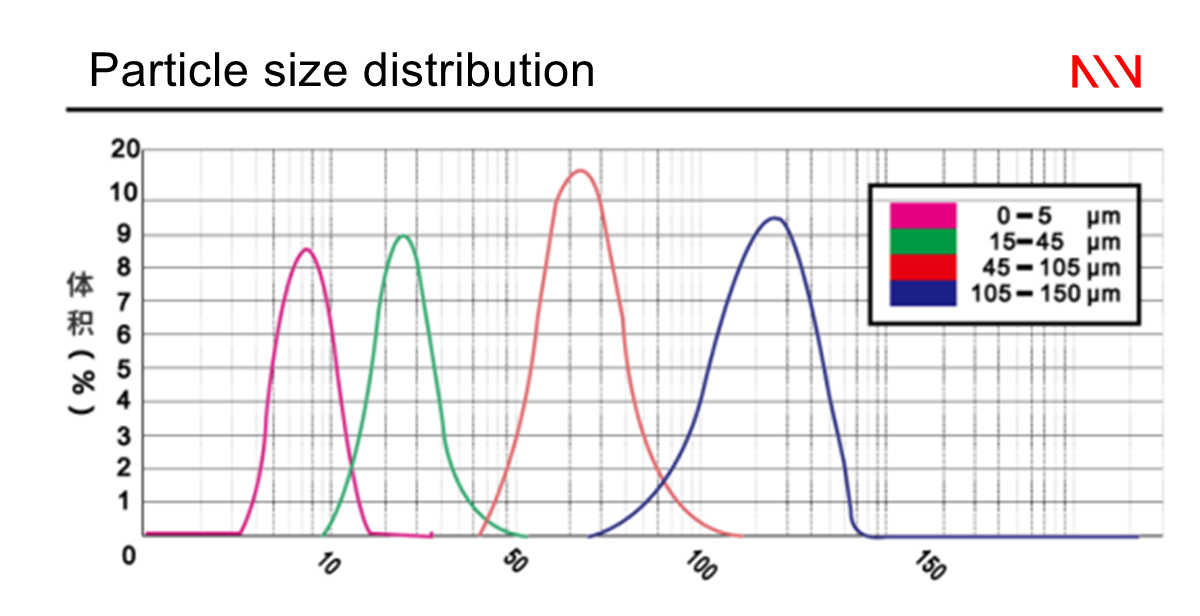
Physical Properties
Incoloy901 powder, designed for use in high-performance applications, boasts a set of physical properties that contribute to its suitability for demanding environments. These properties include density, hardness, specific surface area, sphericity, bulk density, Hall flow rate, melting point, relative density, recommended layer thickness, thermal expansion coefficient, thermal conductivity, and compliance with technical standards. Understanding these properties is crucial for manufacturers and engineers who rely on Incoloy901 for critical components in aerospace, power generation, and other industries.
Density:
The density of Incoloy901, approximately 8.14 g/cm³, is indicative of its compact atomic structure and contributes to the alloy's overall strength and durability. This density is a critical factor in the material's high tensile and yield strength, providing a solid foundation for parts that need to withstand high stress and harsh conditions.
Hardness:
Incoloy901 components can achieve hardness levels in the range of 300 to 400 HBW (Brinell Hardness), making them resistant to wear and abrasion. This hardness is crucial for parts exposed to environments where mechanical wear could otherwise lead to premature failure.
Specific Surface Area:
A higher specific surface area of the powder enhances its reactivity and sinterability, which is crucial for processes like Metal Injection Molding (MIM) and 3D printing. Incoloy901 powder is engineered to have an optimal specific surface area, facilitating effective sintering and resulting in parts with superior mechanical properties.
Sphericity:
The sphericity of Incoloy901 powder affects its flowability and packing density, essential factors for manufacturing processes requiring precise control over material deposition, such as 3D printing. High sphericity ensures consistent flow and uniform layering, contributing to the dimensional accuracy and mechanical integrity of the final parts.
Bulk Density:
Optimized bulk density promotes efficient handling and compaction of the powder, which is essential for achieving high-quality parts with consistent density and strength. Incoloy901 powder's bulk density is tailored to enhance these aspects of part production.
Hall Flow Rate:
The Hall Flow Rate measures the powder's ability to flow through an orifice, a critical property for ensuring precision and repeatability in powder-based manufacturing processes. Incoloy901 powder exhibits excellent flow characteristics, enabling accurate and consistent part fabrication.
Melting Point:
With a melting point suitable for the specific manufacturing processes it is used in, Incoloy901 ensures stability and integrity during high-temperature applications, which is crucial for parts that operate in extreme conditions.
Relative Density:
After processing, the relative density of parts can reach near theoretical density, which is crucial for achieving optimal mechanical strength and minimizing porosity, which in turn enhances corrosion resistance.
Recommended Layer Thickness:
For additive manufacturing processes, optimizing the layer thickness is vital to balancing resolution with build time. Incoloy901 powder is suited for a recommended layer thickness that ensures fine detail without compromising structural integrity.
Thermal Expansion Coefficient:
Incoloy901 has a thermal expansion coefficient that ensures compatibility with other materials in composite structures, maintaining dimensional stability across a wide temperature range.
Thermal Conductivity:
Its thermal conductivity allows for efficient heat dissipation, which is essential for components that experience high thermal loads during operation.
Technical Standard:
Incoloy901 powder and parts manufactured from it adhere to rigorous technical standards, ensuring reliability, quality, and compatibility with international manufacturing requirements.
Manufacturing Techniques
The unique properties of Incoloy901 powder make it highly suitable for a range of manufacturing processes, each offering distinct advantages depending on the application requirements. This section explores the manufacturing techniques best suited for Incoloy901, compares the outcomes of these processes, and discusses common issues and solutions.
1. Which manufacturing processes is Incoloy901 suitable for?
Additive Manufacturing (3D Printing): Incoloy901 is particularly well-suited for laser powder bed fusion (LPBF) and direct metal laser sintering (DMLS) techniques. These processes allow for the creation of complex geometries with minimal waste, making them ideal for aerospace and other high-value applications.
Metal Injection Molding (MIM): This process is beneficial for producing small to medium-sized parts with complex shapes and excellent surface finish. MIM is cost-effective for producing high volumes of parts, with the additional advantage of minimal post-processing requirements.
Powder Metallurgy (PM): Incoloy901 can be used in traditional powder metallurgy applications, including press and sinter techniques, suitable for creating dense, high-strength parts. This method is well-suited for applications requiring high material integrity and uniformity.
Hot Isostatic Pressing (HIP): HIP can be used to improve the properties of Incoloy901 parts, especially those made with additive manufacturing or powder metallurgy, by eliminating porosity and enhancing material density.
2. Comparison of parts produced by these manufacturing processes:
Surface Finish and Detail Resolution: Additive manufacturing processes typically produce parts with a rougher surface finish compared to MIM. However, AM parts benefit from superior complexity and detail resolution. MIM parts have an excellent surface finish, reducing the need for post-processing.
Mechanical Properties: Parts produced by HIP and powder metallurgy processes often exhibit superior mechanical properties, including tensile strength and elongation, due to the homogenous material structure and reduced porosity. Additive manufacturing can achieve similar properties with appropriate post-processing treatments.
Cost-Effectiveness and Efficiency: For high-volume production, MIM is more cost-effective due to lower material waste and reduced labor costs. Additive manufacturing is more suited for low-volume or complex parts, where the cost of molds or machining would be prohibitive.
3. Normal issues and solutions in these manufacturing processes:
Porosity in Additive Manufacturing: Porosity can affect the mechanical properties of 3D printed parts. Solution: Optimizing printing parameters, such as laser power, scanning speed, and layer thickness, can reduce porosity. Post-processing methods like HIP can further enhance density and mechanical properties.
Dimensional Accuracy in MIM: MIM parts may experience shrinkage during the sintering process, affecting dimensional accuracy. Solution: Design adjustments and process optimization can compensate for shrinkage. Using simulation software to predict and adjust for these changes during the design phase can improve accuracy.
Surface Roughness in AM: Additive manufacturing parts often require post-processing to improve surface finish. Solution: Techniques such as sandblasting, chemical smoothing, or machining can be used to achieve the desired surface quality.
Manufacturing With Incoloy 901 Nickel-Based Superalloy
Main manufacturing processes:
Nickel-based high-temperature alloys are usually used for corrosion resistance, high-temperature resistance, and other extreme working conditions, such as impellers, pump valves, auto parts, etc. Neway has a variety of processing techniques for manufacturing nickel-based high-temperature alloy parts and solving their problems, such as deformation, cracking, and porosity.
Powder compression molding (PCM)
Get A FREE PROTOTYPING SERVICE NOW!: Consultative Design Service at Neway
